
Coal, and its harrowing spatiality
Connecting places. Claiming spaces.
The Metabolism of Coal.
Author: Mahum Ahmad, 2025
To understand energy landscapes we need to understand coal. In many parts of the world, coal has been a key economical element in building a modern society. Ingrained in our society by aspects of modernity, electricity, trade, and changing landscapes, coal has contributed to prosperity. With the climate changing coal has become a threat to that very same society.
As Europe is taking measures to reduce its dependence on coal and increase renewable energy, other parts of the world are moving in the opposite direction. India, Pakistan and Bangladesh are among them.
We wanted to understand the energy landscapes of these countries, and how and why they are connected with each other and other parts of the world, both historically and as part of the modern web of coal metabolism.
As Europe is taking measures to reduce its dependence on coal and increase renewable energy, other parts of the world are moving in the opposite direction. India, Pakistan and Bangladesh are among them.
We wanted to understand the energy landscapes of these countries, and how and why they are connected with each other and other parts of the world, both historically and as part of the modern web of coal metabolism.
The global trade of coal involves a web of movements between different countries. Some countries export one quality of coal to import another, higher quality; others import from far away countries despite existing resources in neighboring countries; some rely on coal since the nascent railway (India, Pakistan), whereas others have been relying on natural gas and only recently introduced coal as part of the energy production (Bangladesh); or not relying on coal at all (Bhutan and Suriname, the only two countries that have achieved carbon neutrality and are actually carbon negative, i.e. removing more carbon than they emit).
A handful of centers stand out in this web of coal metabolism and we will take a closer look at the central region with India, Pakistan and Bangladesh being among the countries both importing and increasing their use of coal.

In this region coal still has an extensive impact on energy landscapes with an increasing number of coal power plants and coal-based energy production. The region is also home to the world’s largest areas of mangroves: the Indus Delta Mangroves in the west where India is bordering Pakistan, and the Sundarbans in the east bordering Bangladesh. Mangroves are natural carbon sinks as they absorb carbon dioxide from the atmosphere and store it in its biomass. Mangroves are a critical ecosystem with diversified species whose composition consists of high salient tolerant (saltwater) species and freshwater species.
The Indus Delta Mangroves spans an area of some 570,000 ha (half the size of the Swedish Skåne region) and the Sundarbans 140,000 ha.
Landscapes are sensitive, ecologically and culturally, to changes on local and regional levels through global scales. The landscapes of this region are no exception. Yet, construction, destruction, and re-claiming of land all repeat themselves without acknowledging the risk of manipulating the landscapes, and leading to substantial loss of blue carbon.

INDIA
Historically coal was mined for domestic needs. It was not until the British introduced the steam engine in 1853 and started to connect places with the at the time nascent railway system that the demand for coal leapt and was mined on an industrial scale. The pivotal force was the manipulation of landscapes in the wake of connecting places and claiming spaces. This was the birth of energy landscapes in India - and, consequently, in today’s Pakistan and Bangladesh.Today 5.25% (or 25B USD) of India’s import accounts for coal briquettes of which almost half originates from Australia. India is also exporting coal briquettes to a value of 92.4M USD, mainly to Nepal 73.9% and Bangladesh 13.3%.
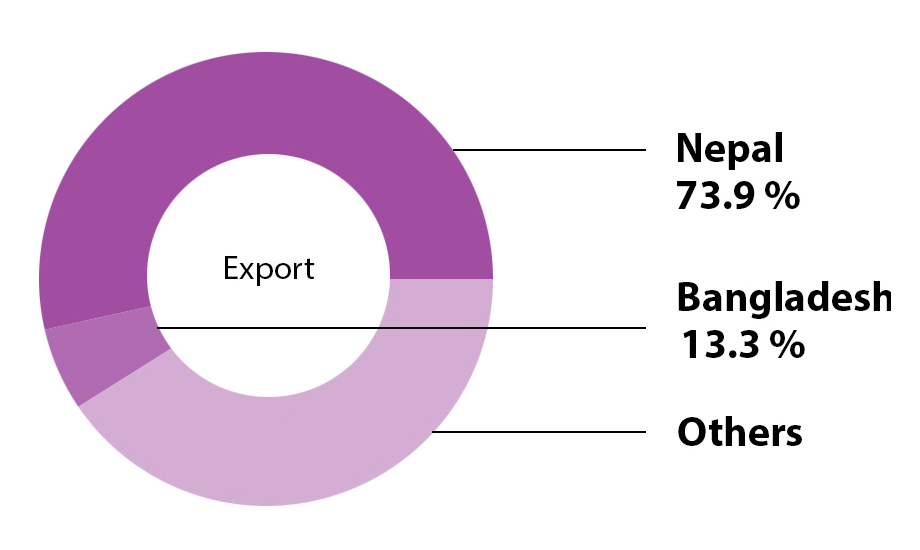
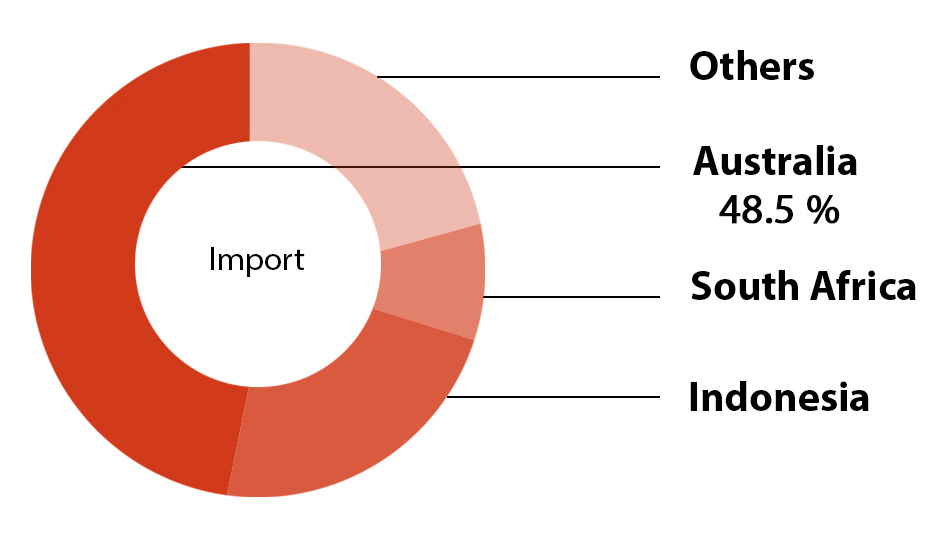

PAKISTAN
Part of understanding the current energy landscapes of Pakistan is history, colonization and being part of India until 1947. So, like in India, the railway network construction made coal consumption lead to previously unseen levels and forever altered the landscapes in this part of the world.Today 2.03% (or 1B USD) of Pakistan’s import accounts for coal briquettes of which almost three quarters originate from South Africa.
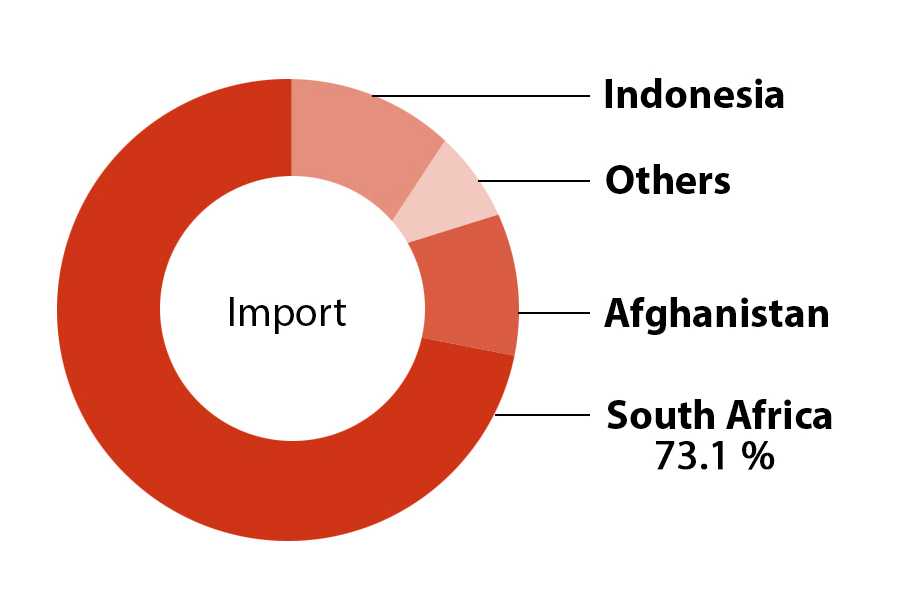
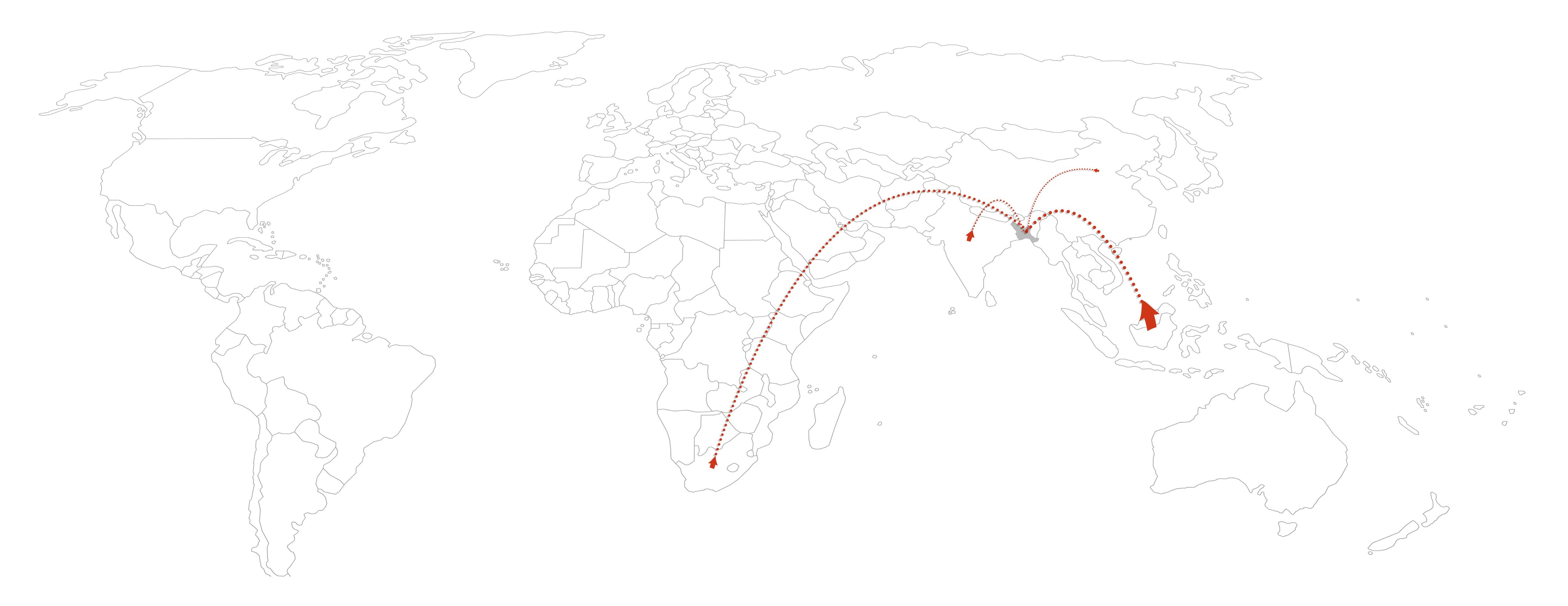
BANGLADESH
Part of understanding the current energy landscapes of Bangladesh is likewise history, colonization and being part of India until 1947. Here, the manufacturing and export of garments to the global consumer market, predominantly Europe, is a key factor in shaping the energy landscape.Today 0.69% (or 1B USD) of Bangladesh’s import accounts for coal briquettes of which 81.3% originates from Indonesia.
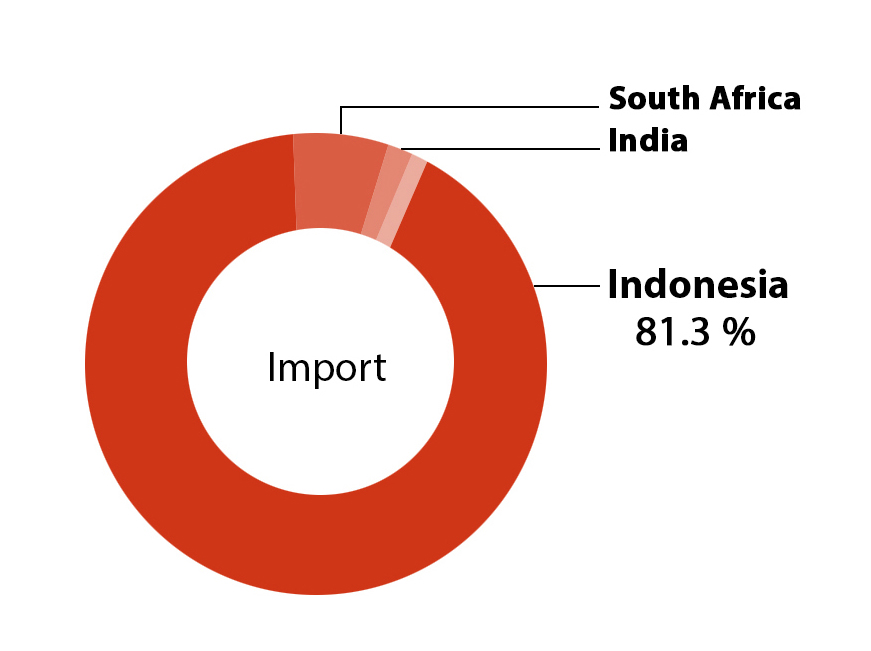
COAL PROVIDERS
We won’t understand the energy landscapes of the region India, Pakistan and Bangladesh without also looking at the main coal providers: Australia, Indonesia and South Africa.
SOUTH AFRICA
4.65% of South Africa’s exports account for Coal Briquettes amounting to 5.05B USD, out of which 49.5% of it account s for exports to India.
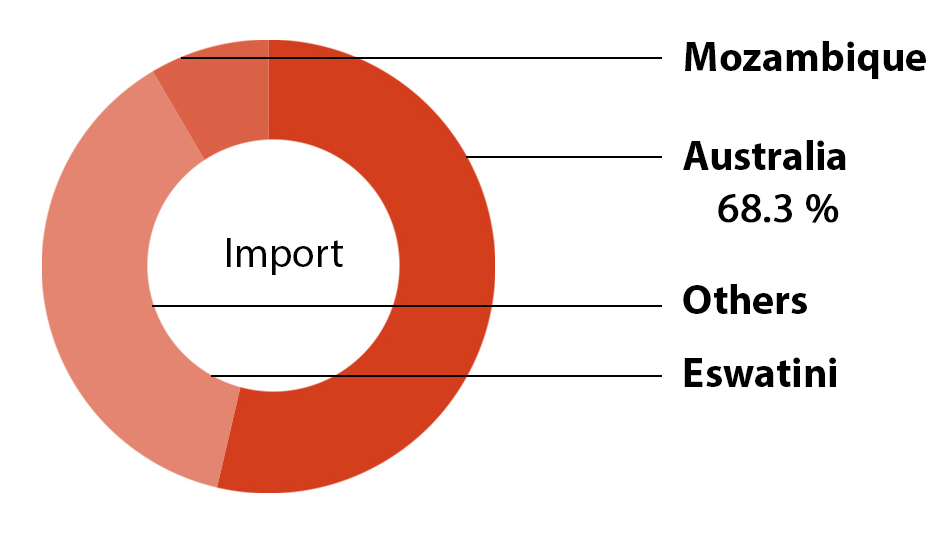

AUSTRALIA
18.1% of Australia’s exports account for Coal Briquettes amounting to 51.5B USD, out of which 23.5 % of it accounts for exports to India.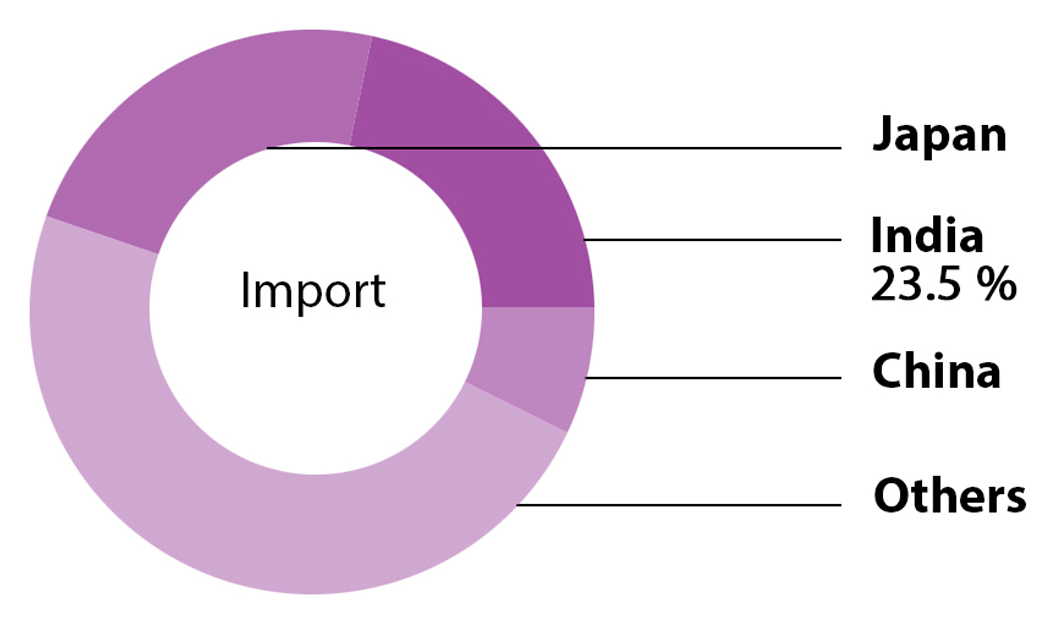

INDONESIA
10.9 % of Indonesia’s exports account for Coal Briquettes amounting to 20.3B USD, out of which 26.6 % of it accounts for exports to India.

LABLAB
ROSENLUNDSGATAN 38
118 53 STOCKHOLM